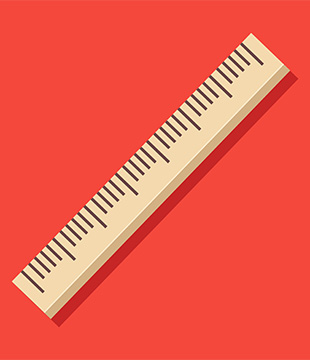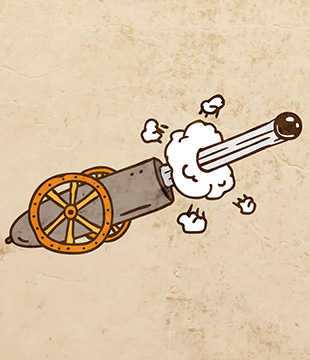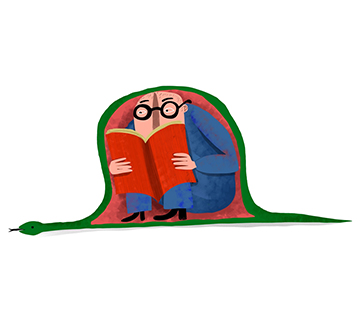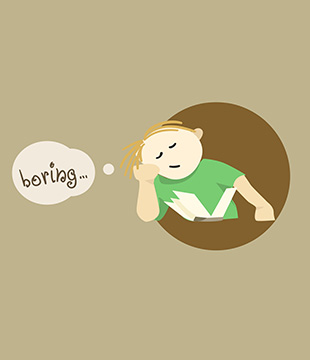
The worst thing is when you’re not enthusiastic about the piece whose author believe it to be complete and finished. Forget enthusiasm. Try to change a single punctuation mark, change the melody of a sentence, and you’re unleashing demons! What should you do? Don’t give up, try to educate, and… cut it!
Lesson 1
Give form, meaning, and evoke emotions
It’s not always easy to convince an amateur author, apparently an expert in his own field, that the content he wants to place in a custom magazine also needs to have the right form, meaning and style. It’s true, education is about disclosing data, but a good story also needs to disclose some drama (the zero hour was coming, we were ready…; back there in Africa, when we would lay down our lives for a drop of water, we understood how important the values of our company are. The real meaning of engagement, trust, cooperation… etc.)
This kind of narration is likely to catch the reader’s attention. But first, you need to start.
 Lesson 2
Lesson 2
That damn first line
Polish author Ignacy Kraszewski is said to have spent much time over a piece of paper, on which he finally wrote: “The dusk was falling.” After many more hours he crossed it out and wrote: “The dawn broke” – and that was the beginning of the “Old Tale”, famous Polish 19th century historic novel. Regrettably, he must have thought that was not enough, and he replaced that short sentence with this one: “Spring morning was rising above the black table of forest, surrounding the horizon.” Why? asks linguist Professor Jerzy Bralczyk in his book “444 Polish Sentences.”
Exactly, why? As we can see, hesitation is not always good in writing, but the lack of it may be even more detrimental. Just like in the article that at first glance seems to be a cake making guide:
“Every good housewife knows how to make a cake.” This is followed by a long description of how to bake a cake. You know that: number one – ingredients, two – measuring (precise measurement is key), three, four… and so on. We think a few paragraphs later we’ll find a recipe for a delicious apple pie. But no. Suddenly, somewhere by the end of the article, it turns out the author wanted to make us realize how important measuring is – both when making a cake and… when producing beauty care products. This is followed by a conclusion that it is a very important division in the company. That’s it. No story about precise measurement of ingredients, mixing, emotions, waiting for everything to blend well, people who take care of the quality of products and its safety. Oh, there is one more thing – a picture showing… mainly some pillars. Meanwhile, a cosmetic lab is almost like an alchemy workshop in the company.
How do you convince the author that thus structured text has no chance to attract the reader? Tough question, but you shouldn’t give up and rely on argumentation.
 Lesson 3
Lesson 3
Load your cannon – the art of argumentation
It is worth telling the author to ask him or herself a few questions before starting to write (the reader will do this for sure, but then it’s too late):
Is my article going to be interesting only for myself, or will my story be thrilling also for others? Do I want to write everything I know about the topic, or am I going to focus on one problem? (second option is best!)
What do I want to achieve with this article?
What form will it have?
When the author and you both know the answers to all these questions, you can keep to them in editing. This will be good for everyone – the author, the editor, and the article.
 Lesson 4
Lesson 4
Keep the reader at any cost?
Well, maybe not ‘any’ cost, but for sure you should stick to one principle: each element of the article should be coherent as a whole. These elements are: title, lead, headings (or bolded first words in each paragraph), captions, quotes. If these elements add something new to the process of acquiring information by the reader, we can hope the reader will find our article interesting. How do we do this? Avoid repeating words or phrases in those elements. Think about them as making up a logical whole that makes reading easier.
So it shouldn’t be:
title: New product X
lead: Our new product X…
caption: New product X.
quote: New product X…
Before the reader consciously thinks about those most visible elements on the page, his or her brain will notice they are monothematic and – bored – will make that person turn the page.
Maybe something like that:
title: Our product X conquers the market!
lead: Five months of work, sleepless nights, heated debates, doubts, tests… It’s finally here! X – our new product does not only allow you to control your limbs with your thoughts, but it’s also unfailing.
caption: X at work…
quote: Our team was the first to discover the qualities of the ABC material and to use the XYZ technology, which allowed people with spine injuries…
We know instantly what the article is about, and we want to know the details.
 Lesson 5
Lesson 5
First paragraph: a matter of life and death
Few people read more than the first couple of paragraphs (three is a success). Why? Because they are impatient, abstracted, bored. Used to image messages, they don’t feel like going deep into boring analyses. If the article is not interesting in the first paragraphs, they assume the rest is the same. The first paragraph determines all.
Don’t ever start like this:
Q2 this year saw the production of whale meat dropped below expectations. Eskimos in the southern part of the state, where it is usually warmer, consumed in that period the average of 1,5 kg of whale meat per person monthly. Consumption in the analogous period in the north increased to 3 kg (men) and 2 kg (women) – data regarding native population. In that same period Viking hordes consumed at least 8 kg per capita.
As a Polish classic would say: boring, boring, boring.
It’s different if you suggest to the author to present the data in the form of a graph or chart, and to begin the narration differently. For example: Gathered in our small but cosy igloo, we were enthusiastic about our new project…
Need highly skilled editors? Contact us!
Kategorie: school of contentic, B2C